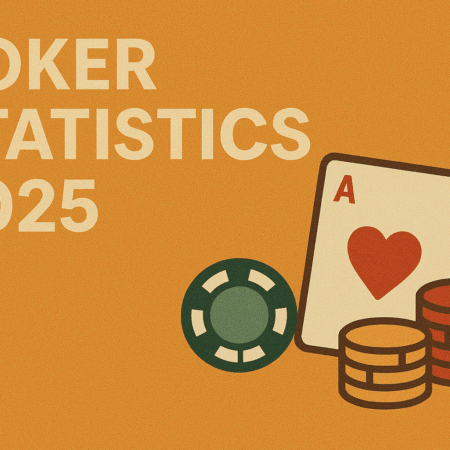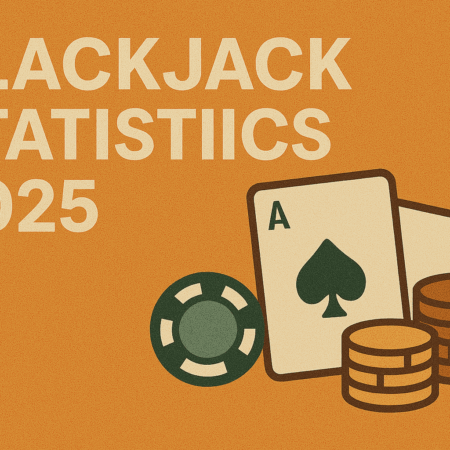In the annals of financial history, few asset classes have seen a meteoric rise quite like Bitcoin in 2017. What began the year trading at around $900 ended with an astonishing peak just shy of $20,000 in December — a 20x increase that caught the attention of the global media, retail investors, and Wall Street alike.
Now, in 2025, as Bitcoin continues to evolve as both a store of value and institutional-grade asset, it’s worth revisiting this watershed moment. What caused the massive rally? Who were the key players? And what lasting impact did it have on the crypto market?
Let’s break down what really happened during Bitcoin’s historic 2017 price run — and why it still matters today.
Setting the Stage: Bitcoin in Early 2017
At the start of 2017, Bitcoin was no longer an obscure internet token. After surviving early exchange collapses (like Mt. Gox in 2014) and regulatory uncertainty, it was starting to regain traction. Its price had gradually climbed back to the $900 range by January, with growing interest from crypto enthusiasts and a new wave of startups building wallets, exchanges, and payment integrations.
Two trends were already brewing:
- Growing distrust of centralized banking systems post-2008.
- Increased accessibility via user-friendly platforms like Coinbase and mobile apps.
Bitcoin was still volatile — but for early adopters and tech-savvy investors, it was beginning to look like a viable hedge or speculative opportunity.
The Rocket Fuel: Key Drivers Behind the 2017 Surge
Bitcoin’s explosion in 2017 didn’t happen in a vacuum. Several core drivers worked in tandem to create the perfect storm:
1. Retail FOMO (Fear of Missing Out)
The buzz surrounding Bitcoin hit mainstream news outlets throughout the year. Headlines like “Bitcoin Hits $10,000” and “Digital Gold?” made it impossible for average investors to ignore. Social media platforms, YouTube influencers, and Reddit communities amplified the frenzy.
Google Trends shows a dramatic spike in searches for “how to buy bitcoin” between October and December 2017.
2. ICO Mania
Initial Coin Offerings (ICOs) exploded in popularity in 2017. Ethereum-based tokens raised billions from global investors hoping to find the next Bitcoin. To invest in an ICO, participants typically needed Bitcoin or Ether, further increasing demand.
At its peak, over $6 billion was raised via ICOs in 2017 alone, with tokens like Filecoin, Tezos, and EOS dominating the space.
3. Global Uncertainty and Capital Flight
Economic uncertainty in countries like Venezuela, Turkey, and India drove citizens to seek alternative stores of value. Bitcoin — despite its volatility — was often seen as more stable than hyperinflating local currencies.
In parallel, Chinese capital controls prompted many to use crypto as a vehicle to bypass government restrictions.
4. Improved Infrastructure and Onramps
2017 was the year when it became easier than ever to buy Bitcoin:
- Coinbase reached millions of users in the U.S.
- Binance launched and quickly scaled globally.
- Payment platforms and exchanges streamlined onboarding and KYC processes.
The Final Ascent: From $5K to $20K
The parabolic move truly began in October 2017:
- Bitcoin broke $5,000 for the first time.
- By November, it had crossed $10,000.
- And by December 17, 2017, Bitcoin hit an all-time high of $19,783 on Coinbase.
Altcoins surged in tandem. Ethereum soared above $1,400, and Ripple (XRP) gained over 36,000% in one year.
Speculative mania was at full throttle, with many first-time investors entering the market purely based on price action.
The Crash and the Aftermath
As quickly as it rose, Bitcoin crashed — falling over 60% by February 2018, and bottoming out at around $3,200 in December 2018.
Key reasons for the crash:
- Profit-taking and market exhaustion
- Regulatory crackdowns (especially on ICOs)
- Exchange hacks and infrastructure failures
- Tax obligations in the U.S. (many traders sold crypto to pay 2017 taxes)
While some declared Bitcoin “dead” once again, developers kept building. The crash weeded out weak projects, and the industry slowly matured.
Why the 2017 Bull Run Still Matters in 2025
Bitcoin’s 2017 surge laid the groundwork for everything that followed. Here’s why it’s still significant today:
1. Mainstream Awareness
Millions first heard of Bitcoin in 2017. This paved the way for:
- Institutional investment (e.g., MicroStrategy, Tesla, BlackRock)
- Regulatory frameworks
- Crypto ETFs and real-world integrations
2. Infrastructure Maturity
The boom funded countless infrastructure projects:
- Layer 2 scaling (Lightning Network)
- Custody solutions (e.g., Fidelity, Bakkt)
- Compliance tech and on-chain analytics
3. Lessons in Risk
The 2017-2018 cycle taught hard lessons in:
- Volatility
- Due diligence (avoiding scams)
- Regulatory risk
These lessons influenced how both retail and institutional players approached the next cycles (2020, 2021, and now 2025).
Final Thoughts: Then vs. Now
Bitcoin’s journey from $900 to $20,000 in 2017 wasn’t just a price run — it was a paradigm shift. It changed the perception of digital assets and catalyzed a movement that continues today.
In 2025, Bitcoin sits at the center of a broader Web3 ecosystem. It may not move 20x in a year again, but it remains a symbol of monetary innovation, decentralization, and resilience.
If you’re entering the market today, remember the lessons of 2017: Understand what you’re buying, manage risk, and zoom out beyond the price chart.
FAQ: Bitcoin’s 2017 Bull Run
How much did Bitcoin rise in 2017?
Bitcoin went from roughly $900 in January 2017 to just under $20,000 in December — a gain of over 2,100%.
What caused Bitcoin to rise so fast in 2017?
Key drivers included retail FOMO, ICO demand, global economic uncertainty, and easier access via exchanges like Coinbase and Binance.
Did Bitcoin crash after the 2017 high?
Yes. Bitcoin dropped over 60% within two months and ended 2018 near $3,200. It was one of the largest market corrections in crypto history.
Was 2017 Bitcoin growth sustainable?
In hindsight, no. The surge was driven by speculation, with little institutional support or mature infrastructure at the time.
How does the 2017 bull run compare to later ones (2021, 2024)?
Later runs had more institutional backing, better infrastructure, and regulatory involvement. 2017 was more retail-driven and chaotic.

 Canada
Canada Deutsch
Deutsch Español
Español Português
Português



